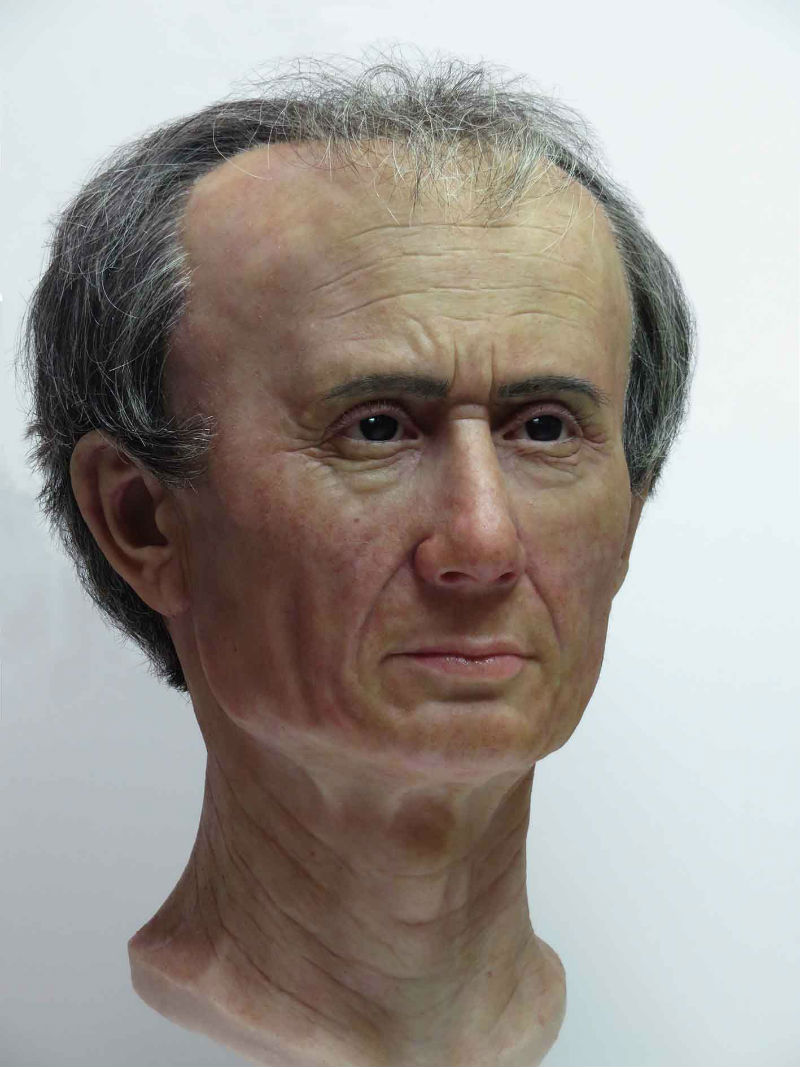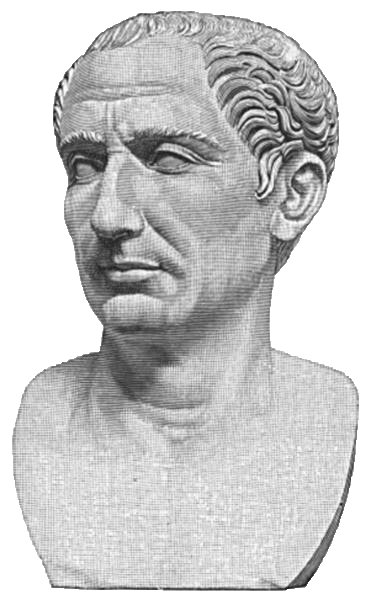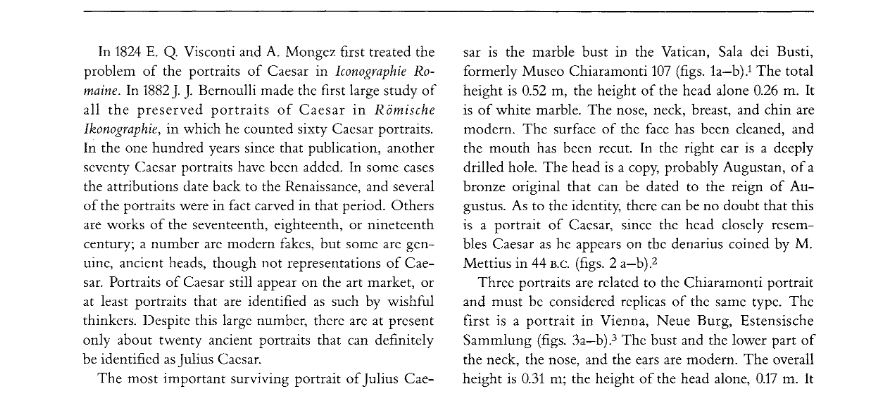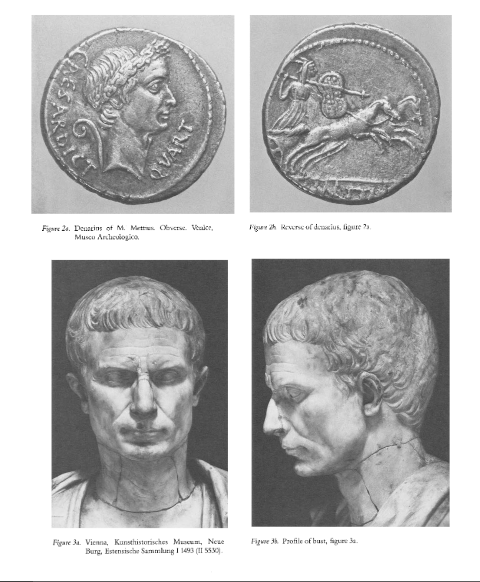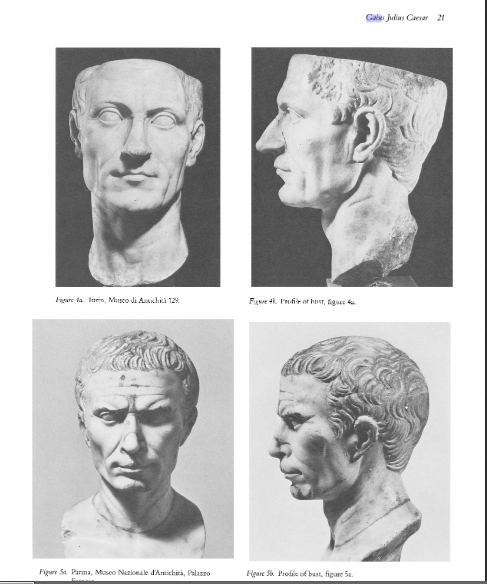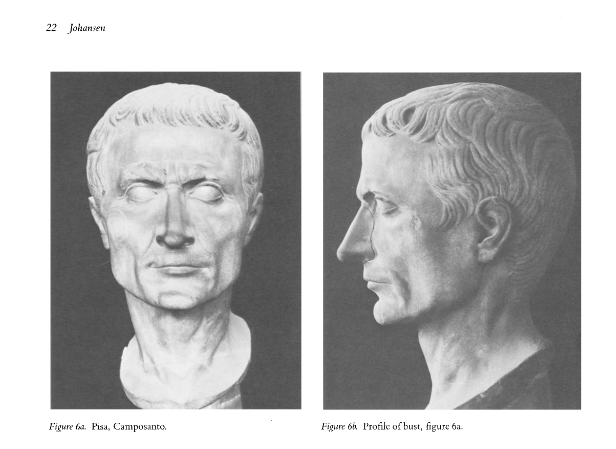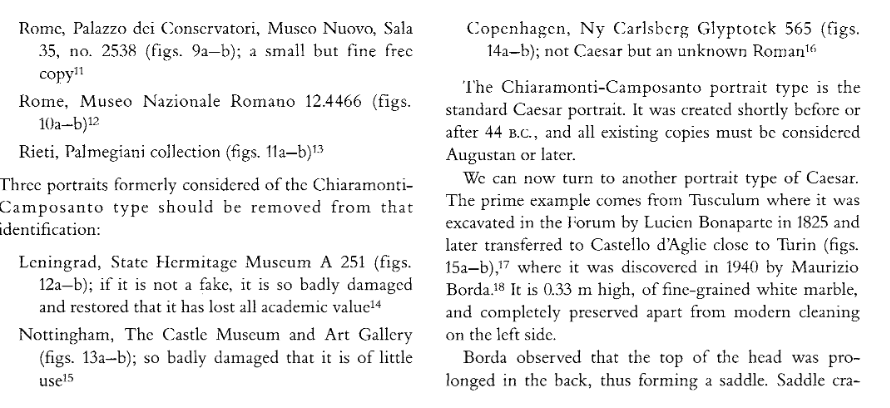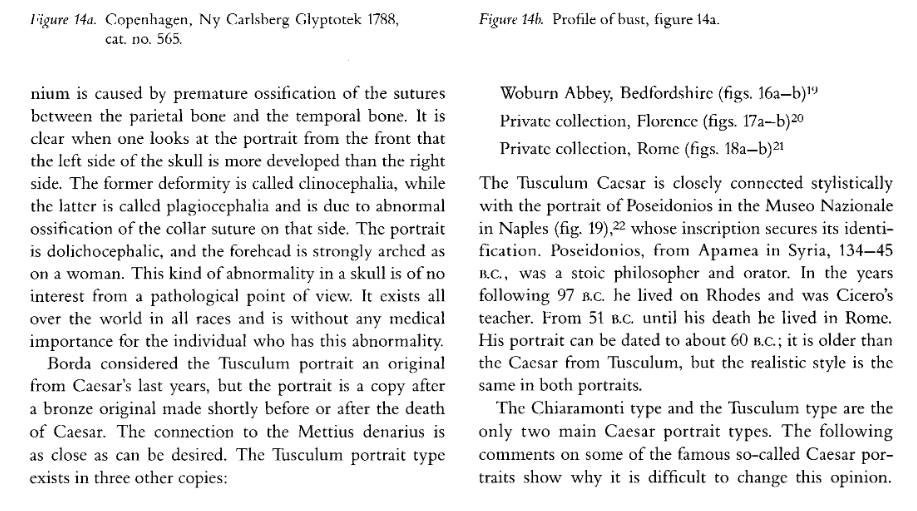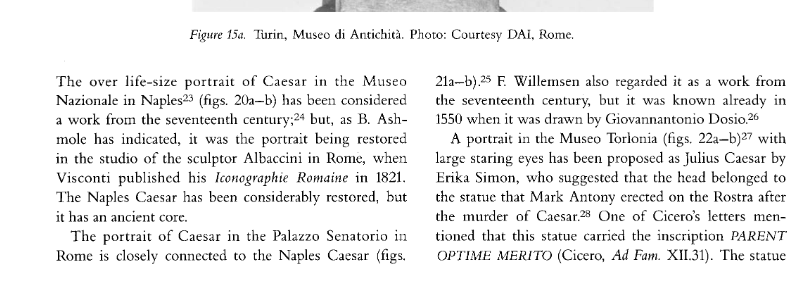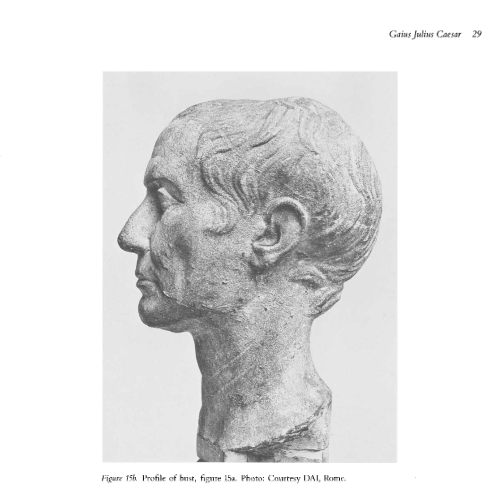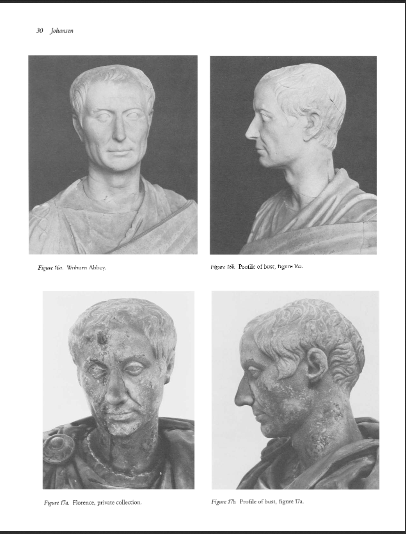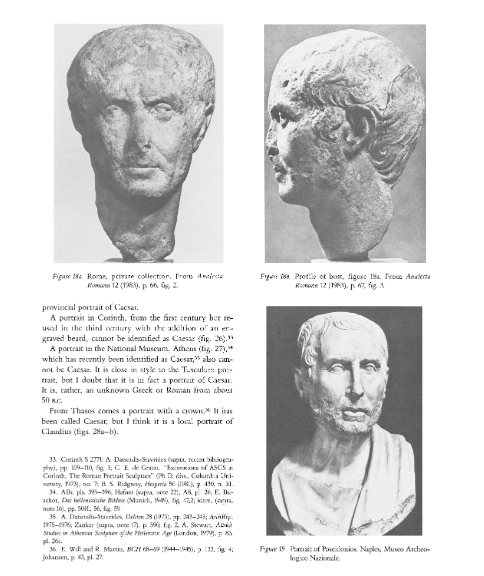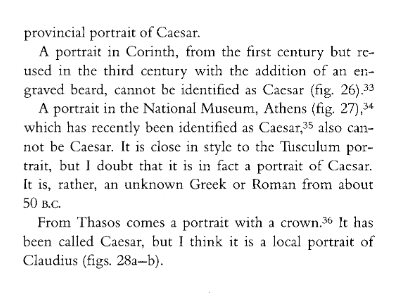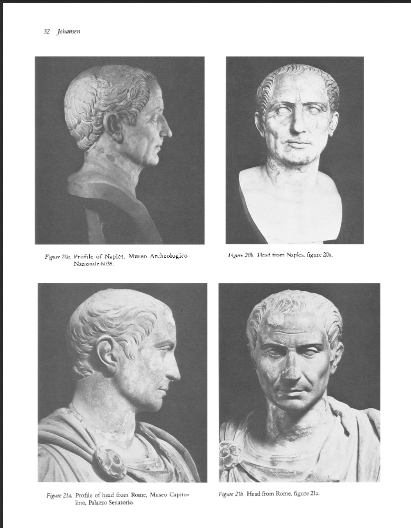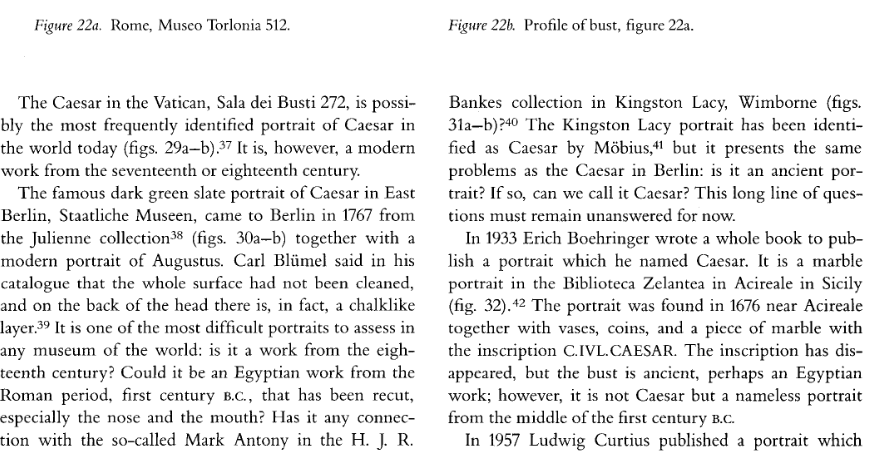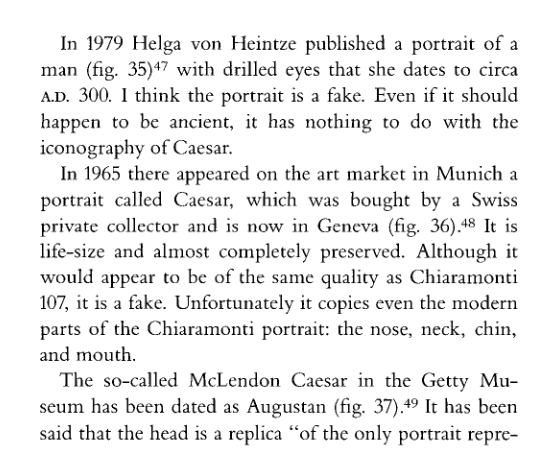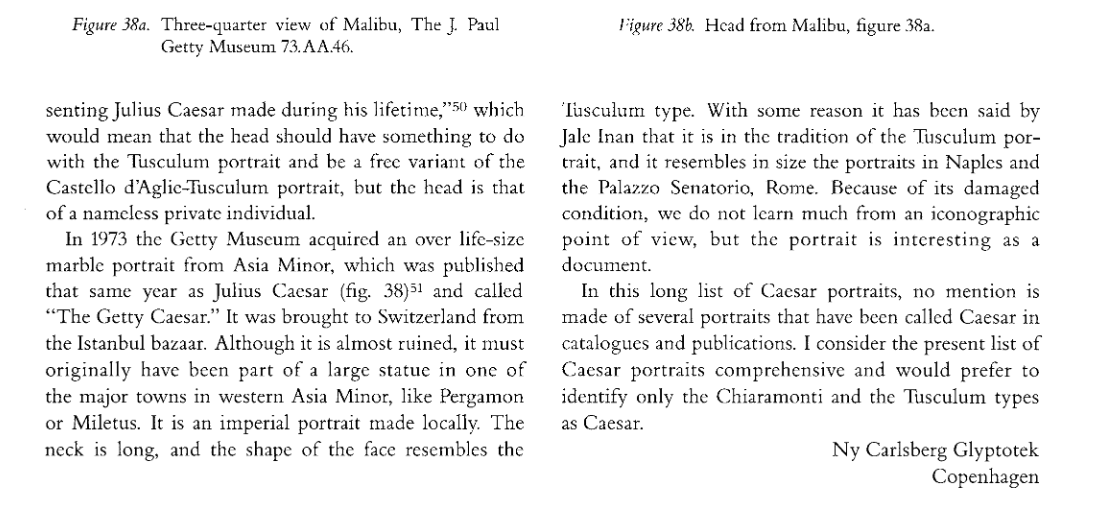'That's what Julius Caesar looked like'.
Reconstruction of the face of the world-famous general
Editorial report - 22 June 2018 - 20:02
The Rijksmuseum van Oudheden (Dutch National Museum of Antiquities) has had a facial reconstruction done of Julius Caesar. According to the museum, the world-famous general was less heroic in appearance than expected: Caesar was bald-ish and had a cranial defect as a result of problems at birth.
Furthermore, he was less successful than often thought in terms of military victories and probably suffered his greatest defeat at Maastricht. This comes forward from new research, which shows that Caesar waged a significant part of his Gallic War in the Low Countries. Archaeologist Tom Buijtendorp made those findings during his research into the role of Caesar in the Low Countries. Next week he will publish
a new book about his research. Archaeologist and physical anthropologist Maja d'Hollosy made a 'new' face for Caesar based on Buijtendorps work and a marble Caesar bust, among others. The RMO:
"Buijtendorps research literally gives Julius Caesar a new face. In the lifelike
facial reconstruction of the general, the skull shape and hair style differ
from the usual images."
On several famous busts Caesar has a fairly lush hairstyle. However, these images were often made after the death of the general and were not true to reality. According to Buijtendorp, medical research shows that a marble statue in Turin offers the most faithful image of Caesar, on which even a skull abnormality is indicated, which must have been the result of a difficult birth. Related to this is a contemporary coin portrait that complements the image.
Reconstruction of the face of Julius Caesar, made by Maja d'Hollosy (Photo: RMO)
Difficult birth
According to Buijtendorp, Caesar's head shows the visible consequences of a difficult birth, a new fact in Caesar's biography. Thanks to the skull anomaly, Buijtendorp was able to identify the most authentic Caesar portrait, which is very different from the marble Caesar busts often shown. Archaeologist and physical anthropologist Maja D'Hollosy combined the results of Buijtendorps research with one of the oldest Caesar portraits from the collection of the
Rijksmuseum van Oudheden.
According to Buijtendorp, the reconstruction of Caesar's portrait helps to realize that we have to let go of the established image of Caesar.
"
The new version is not an absolute truth either, but it does offer a credible alternative to the established image."
Buijtendorps research for
Caesar in de Lage Landen ('Caesar in the Low Countries') is based on recently excavated camps from Caesar's time, analysis of indigenous gold coins, geographical analyses and a revaluation of Caesar's own statistics.
Much more to the North
While it has long been assumed that Caesar did not or hardly ever enter the Low Countries, recent discoveries and analyses indicate that he spent about half of his campaign time in the North with major setbacks.
"The probable presence in Maastricht also makes it more likely that Caesar moved from there
to the north in 55 BC and massacred people to the south-west of Nijmegen, on the spot where
skeletons and weapons from that time were dredged up from an old Maas bed. In Rome even,
he was accused in the Senate of violating the law of war."
To the east of Luxembourg, three camps from the Caesar era have already been found since 2010, which is much more northerly than forts from the Caesar era that are known to date.
During the Gallic War Caesar and his army units were, according to the researcher, stationed much more northerly than previously thought. The RMO:
"There are strong indications that a fortress near Maastricht in 54 and 53 BC served both as a camp
and a logistics center for Caesar's army. This is reflected, among other things, in an analysis of
indigenous gold coins and the recently observed extent of the stronghold."
It is well known that Caesar personally roamed the camp he mentioned and that his army suffered the greatest defeat of the Gallic War there. Caesar's statistics indicate that about half of his fallen soldiers died in the north. Buijtendorps research accelerated when it became known that the shoe nails of Caesar's soldiers had a unique shape. As a result, three northern camps have already been linked to Caesar, and there is hope for new discoveries, for which the book, written in the style of a travel guide, indicates several potential sites of camps and battlefields.
Buijtendorp underlines that his research is only the beginning.
"Now that the indications are piling up that Caesar has been in the Low Countries, we have
an enormous amount of catching up to do. The research presented will hopefully provide a basis
for well-focused follow-up research to assess several matters, as much is still uncertain."
Caesar's facial reconstruction will be on display free of charge in the central hall of the
Rijksmuseum van Oudheden (Leiden) in the coming months.
Translated with
www.DeepL.com/Translator

